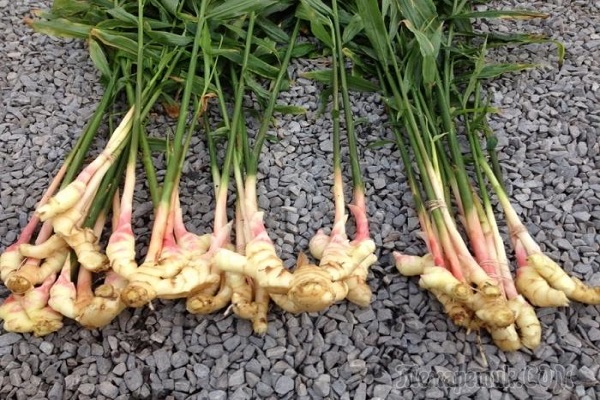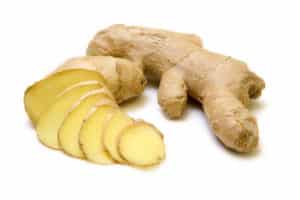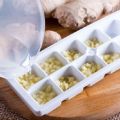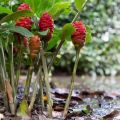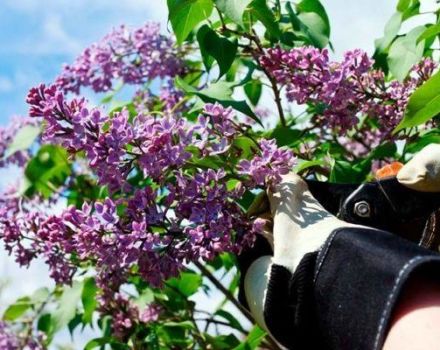How to grow and properly care for ginger at home
Ginger is a healthy plant. First of all, its root is valued, which is used in medicine and cooking. But the plant itself will delight you with a beautiful flowering, if you create suitable conditions for it, since it will not be possible to grow ginger at home without this. Before you grow ginger at home, you need to study the conditions for its natural growth.
Pot and soil
For a plant like ginger, growing at home involves both planting in a pot and planting it in open ground. When growing in a pot, a wide container is chosen, since a spicy tuber needs a lot of space to grow. But for cultivating a plant only for decorative purposes, a deep and narrow container is suitable.
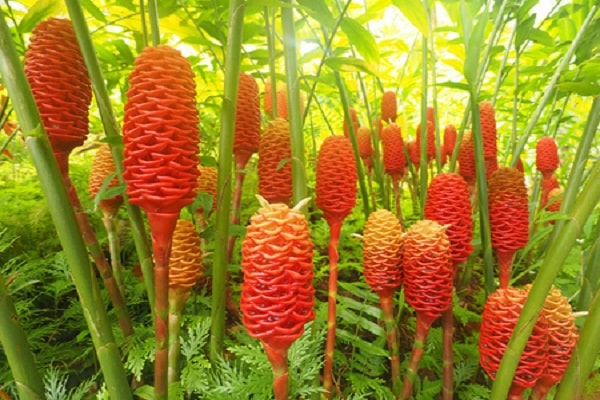
Ginger needs good drainage. Expanded clay or river gravel up to 5 cm high is poured at the bottom of the pot. The layer of earth, which is covered from above, does not need to be crushed.
For planting a healing tuber in a pot, you can purchase ready-made soil. Best of all, this plant takes root in the soil for vegetable crops or citrus fruits. But you can prepare the soil yourself by mixing earth, sand and humus in equal parts. The same composition is suitable for planting ginger in the garden. Also, the soil should be soft, loose and breathable so that the sprouts can easily break through to the top.
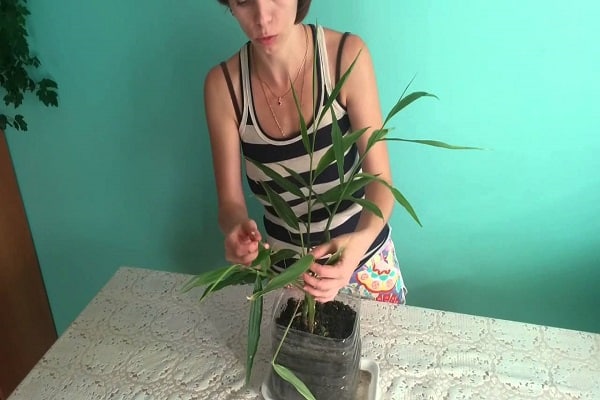
How to grow ginger from the root, root tuber?
Ginger is a thermophilic plant, therefore, it can be planted in open ground only in the southern part of Russia. In other regions of our country, it is best to grow ginger from the root at home in a pot.
This plant has tuberous roots, therefore it reproduces vegetatively. The rhizome of ginger is tuberous, develops horizontally. For planting, 1 tuber is enough.
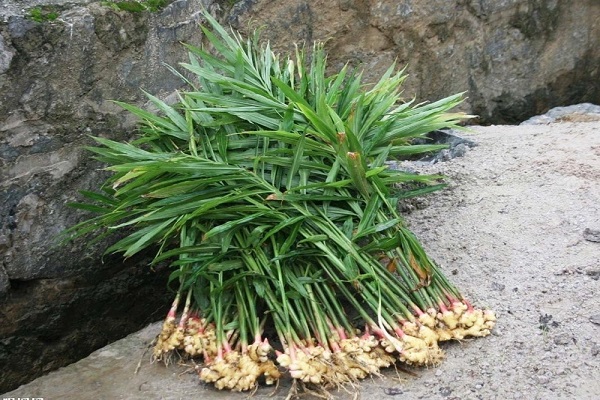
Training
Preparing a plant for planting in a pot begins with choosing a tuber. The planting material must not be dry or damaged. A good specimen is a thick, milky-yellow root with branches. The more “eyes” (shoot buds) on the tuber, the higher the chance of germination. Moreover, such buds should be located on all parts of the root.
Shoot buds must be activated before planting. To do this, the tubers are immersed in warm water for 3-4 hours. You can add a little potassium permanganate to the water to disinfect the tubers. This procedure is performed immediately after purchasing the planting material. You can also put the tubers in a dark, cool place for 2-3 weeks.
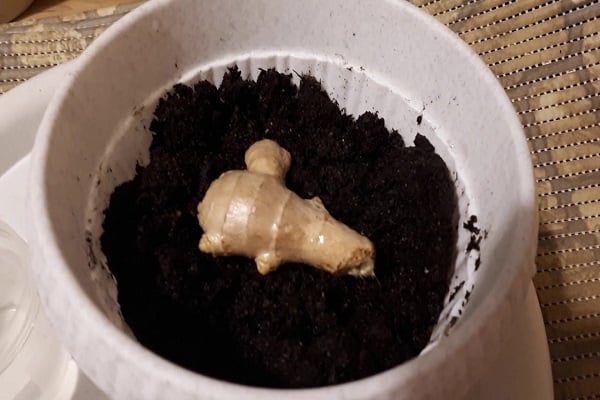
Large roots are cut into several pieces along the bridges. The cut is sprinkled with ash.The main rule when dividing tubers is that each part must have at least 1 "eye". It is necessary to divide large tubers, as the plantings may be too thick.
How to plant ginger root?
The planting of tubers begins in February-March. However, before you can plant ginger at home, you need to find a suitable place for it. At home in the tropics, this medicinal plant prefers shady places, but in temperate climates without the sun, ginger will freeze.
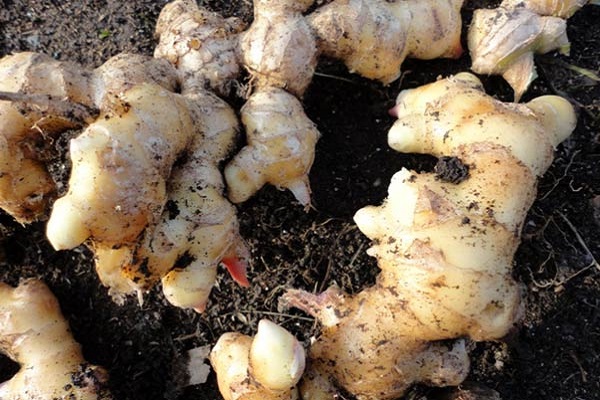
Although the pot for planting a tropical plant is taken large, the tubers are not buried deeply. They are laid out on the surface of the ground so that the buds look up. Then sprinkle with a moist substrate on top. The thickness of the top layer should not be more than 3 cm.
Seedlings are placed in a warm, sunny place. Indoors, it is best to place the pot on a windowsill on the south side, and move to a cooler place in summer. However, you should not expect quick shoots. The first shoots appear 2 weeks after planting.
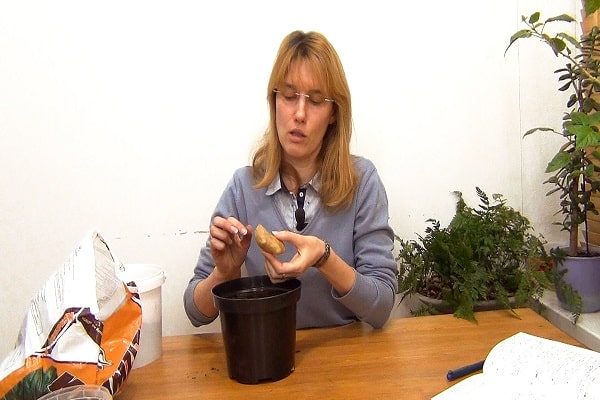
Ginger care at home
The homeland of the healing root is the southeastern countries of Asia with a tropical climate. There, this perennial plant can reach a height of 1 m.To grow the same plant in Russian conditions, you will have to try, since you need to care for ginger carefully.

Temperature
Ginger loves a warm climate, so the acceptable temperature for it is + 18 ... + 24 ° C. If the root crop is planted outdoors, then the planting site should be protected from both wind and strong shade, as well as excessive direct sunlight.
To take care of ginger at home sooner lead to flowering, the pot with the plant should be in a warm and bright place. But you need to make sure that the soil does not dry out, and the leaves do not burn in the sun.
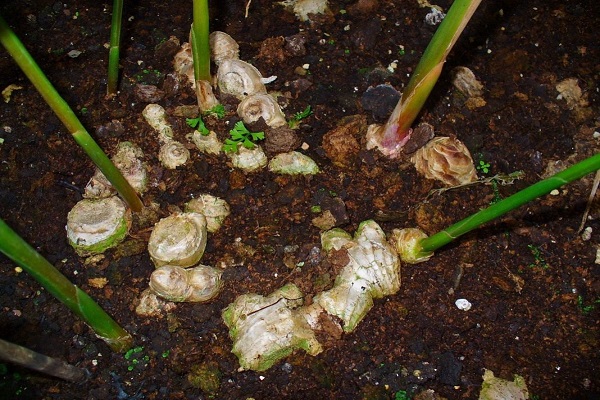
Lighting
The best place to grow ginger is near the garden trees. So the beds with diluted root crops will be located in a small shade, however, they will have enough sunlight.
Indoors, a pot of root vegetables is placed near the window. In summer, during the period of bright daytime sun, it is better to remove the container deep into the room or transfer it to a window facing the north-west side.
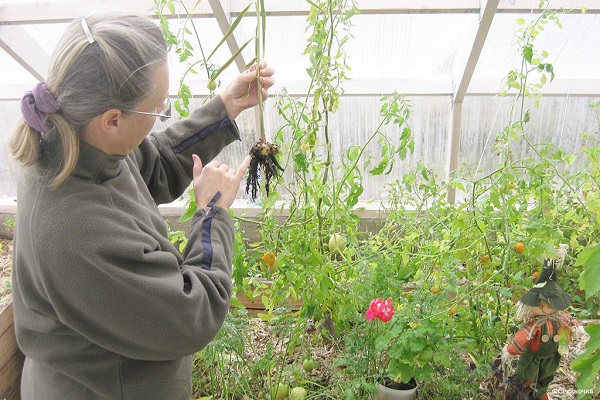
Watering
A healing plant loves moisture, however, before the first buds appear, it needs moderate watering. Water should not stagnate in the pot, but the soil should not be allowed to dry out. If the air temperature is high, then the watering is increased.
As the temperature drops, the plant needs less moisture. To keep the soil moist, in the heat, you can take the pot outside, in a shaded place.
The growing perennial loves daily spraying. To prevent leaf burns, it is best to spray with a spray bottle in the morning and evening. The peculiarities of growing ginger require constant soil care. After each watering, the soil should be loosened so that air can flow to the roots.
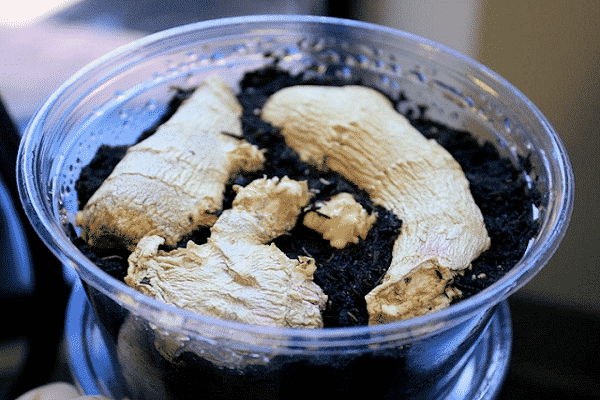
Fertilizer
Growing ginger at home, like any greenery used to growing in other climatic conditions, is not an easy task. Therefore, you cannot do without dressing that ensures the normal growth of the spicy tuber. Top dressing, loosening and moisture are what ginger loves.
At the beginning of growth, you can feed the soil with potash fertilizers. During active growth, complex mineral fertilizers are used for root crops. Six months after planting, organic and potash dressings alternate. Fertilizers are applied to the soil once a week.
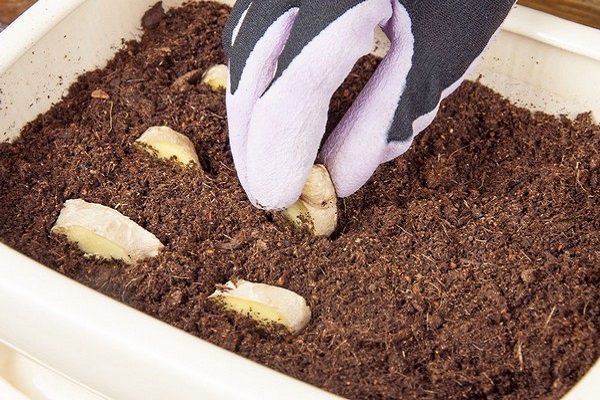
Pests and diseases
Since a "tropical healer" in unfamiliar climatic conditions most often grows indoors, many natural pests are not afraid of him. However, when the pot is taken outside in the summer, the plant can attack the spider mite.The pest can be identified by the characteristic accumulation of small yellow dots on the leaves. Pest control is simple:
- Once a week, the leaves and stem are treated with a fungicide until the spider mite disappears;
- carry out regular spraying, and then cover the ground part of the plant with a plastic bag, creating a greenhouse effect that is destructive for the spider mite;
- carry out preventive measures to help prevent the appearance of pests on the leaves.
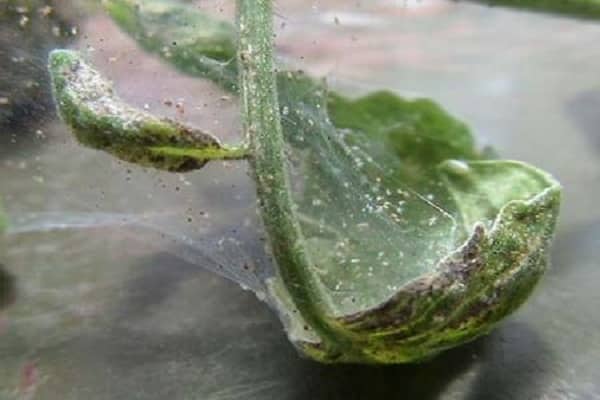
But most often, diseases of a tropical root crop are associated with improper care of it. Due to the lack of air and direct sunlight during the hot period, the leaves turn yellow and wither. Due to the lack of moisture, the leaves begin to dry quickly.
Harvesting
Ginger grows slowly, even in its usual tropics. In cool climates, its growth slows down even more. The first fruits should be expected a year after planting, since the roots begin to ripen only in mid-autumn. And to enjoy the wonderful flowering of the "tropical healer", it is better to wait another 1 year. To do this, you just need to leave the roots in the soil.
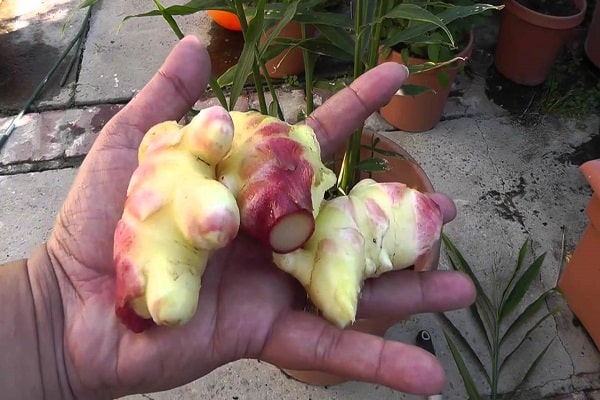
The signal for harvesting the ginger that has grown in the apartment is the wilting of the ground part. This happens most often in the middle of winter. As soon as the ground part begins to turn slightly yellow and droop, watering is stopped. After 3-4 days, you can dig up the roots and send them for drying and storage. You can start harvesting root crops in the fall, but you won't have to expect a good harvest in this case.
How to store tubers correctly? Place the root vegetable in a dark, cool place. A cellar or refrigerator is best suited for this. If long-term storage is provided, then the root crop should be wrapped in paper. However, when stored for more than 6 months, it begins to lose its healing properties, but it can again be used as a planting material.
